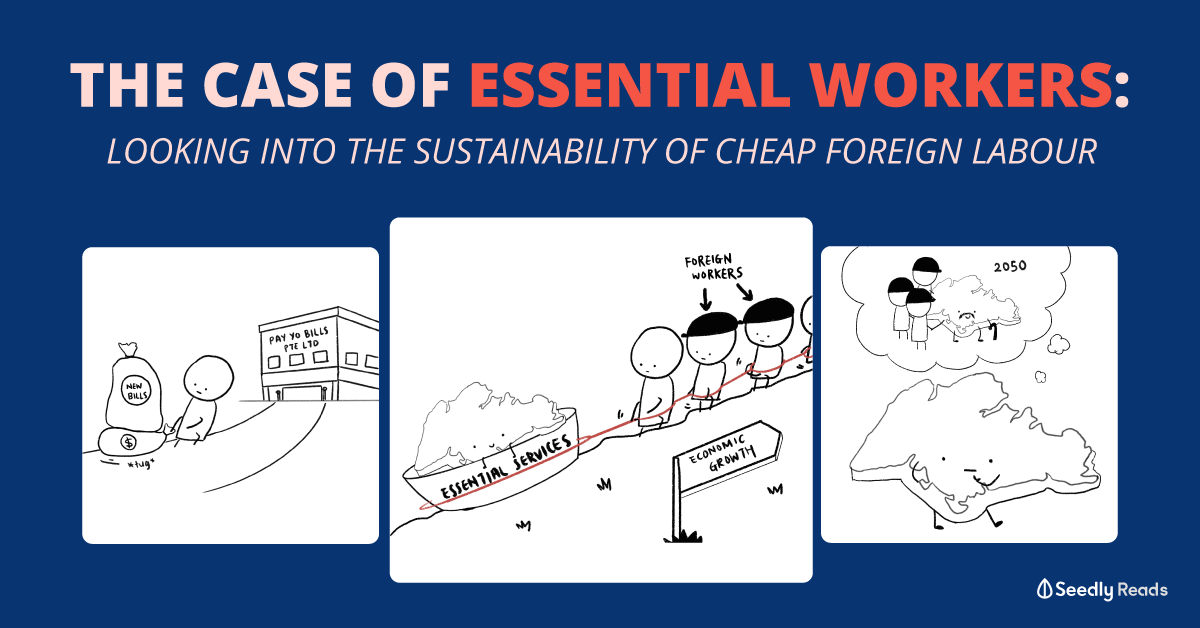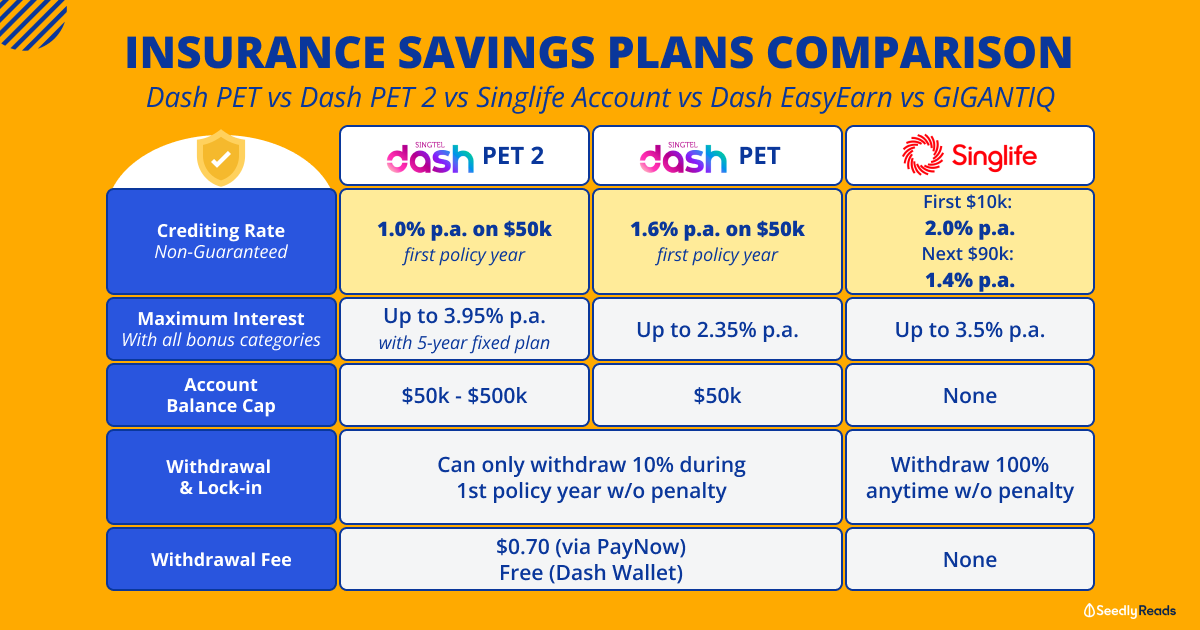Anonymous
How is Singlife sustainable?
I chanced upon this Singlife insurance scheme which provides up to 2.5% per annum. How is this a sustainable business model for insurers like Singlife when they are just providing additional returns for customers? It seems too good to be true.
I understand that the returns are not guaranteed, and are liable to change in the future. Is this a plan to build up their customer base before removing the 2.5% returns?
2
Discussion (2)
Learn how to style your text
Cryotosensei
13 May 2020
Blogger at diaperfinancingfund.blogspot.com
Reply
Save
As you have mentioned, the 2.50% rate in non-guaranteed and the subsequent rate is rather low at 1.0%. With a deposit of $30,000, effective interest rate will drop to ~1.50%.
The Singlife Account was launched Sep 2019 in conjunction with a rebranding exercise from Singapore Life to Singlife and unveiling a new strategy called '_Manage, Grow & Protect’. _The savings insurance account could be a marketing strategy to rope in new and young customers with its digital platform and high interest. In addition, when the account was launched, the market was in its longest bull run in history. It is possible to achieve returns more than 2.5% had the markets not crash due to the pandemic.
Reply
Save
Write your thoughts
Related Articles
Related Posts
Related Products

Singlife Card
3.6
14 Reviews
Visa
TYPE
150+
SUPPORTED FIAT CURRENCIES
N/A
ANNUAL FEES

Singlife Insurance
4.6
9 Reviews

Singlife Account
4.4
196 Reviews
Related Posts








You know what, I did ask Singlife through their WhatsApp, only for the personnel to reply that they do not have access to Singlife's investment details and refer me to the website.
Then I did some googling and came across this article: https://www.digfingroup.com/singlife/
I think it helped me to know that Singlife is Singapore Life v2.0 - a traditional insurance company and that " first of all, SingLife is only partly digital – that’s its direct business. But direct accounts for only about 25% of its premiums sold (to about 15,000 customers). The majority comes from a very traditional advisory business that caters expressly to global rich individuals who want to bank – and insurer – in Singapore. " (direct quote from the article)
hope this helps you make your decision!